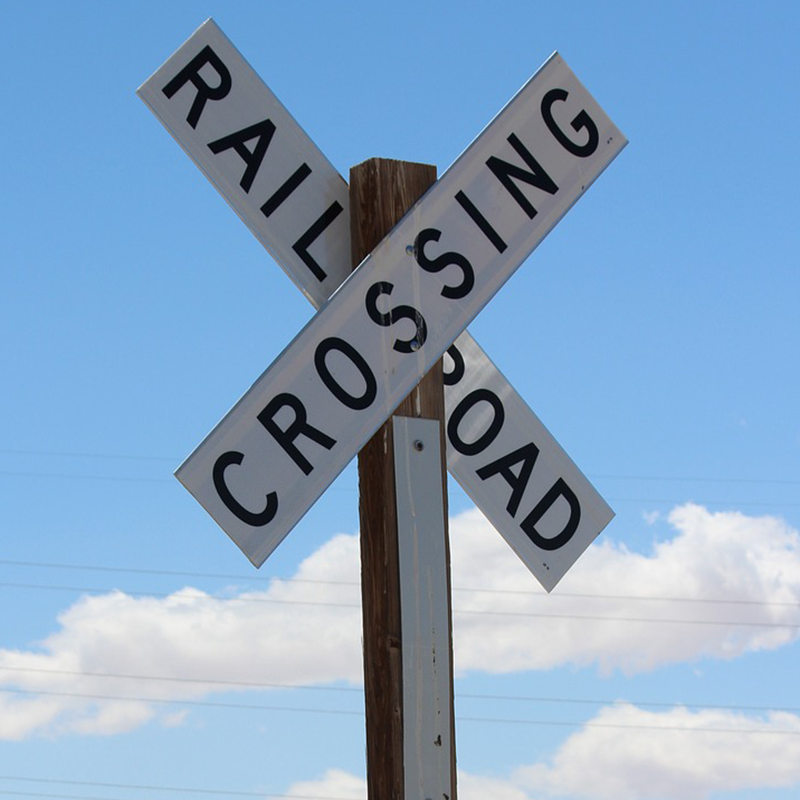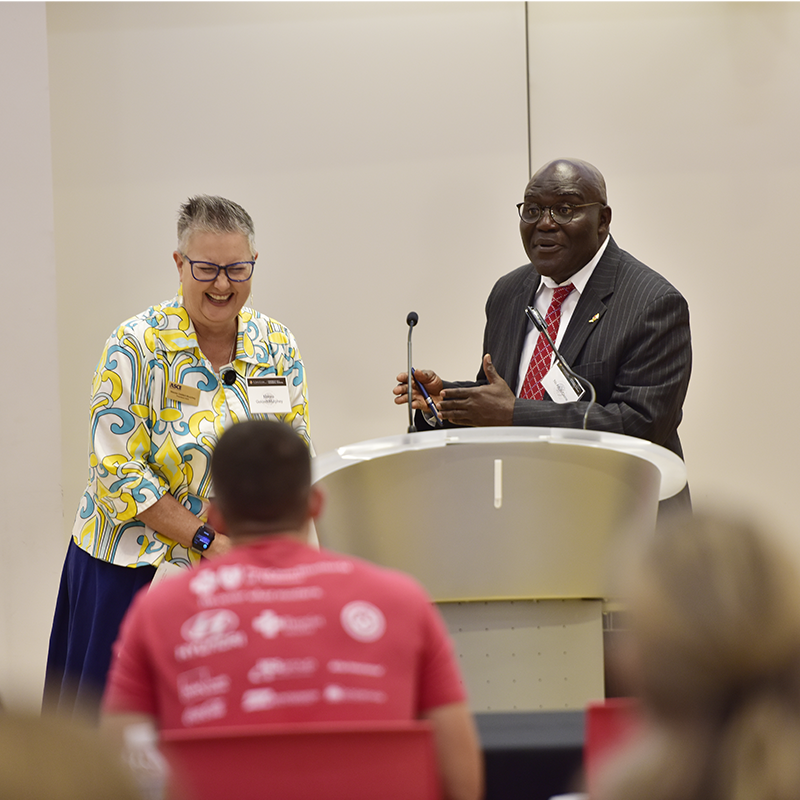Study Finds Race-based Disparities in Railroad Safety
January 26, 2024
Whether because of poor visibility, poor driver decisions, or other factors, accidents continue to happen with alarming frequency at railway crossings around the United States. In fact, data from the Federal Railway Administration shows that 2,201 grade crossing collisions occurred in 2022 alone, resulting in 272 deaths and 824 injuries.
And the risks may be borne disproportionately by Asian, Black, and Latinx communities, new research from the Center for Advanced Transportation Technology (CATT) Lab suggests.
In a study presented at the 2024 Transportation Research Board conference in January, CATT Lab Lead Transportation Policy Analyst Mark Franz and collaborators showed that Asian, Black, Latinx communities are more likely, compared to their white counterparts, to be located near riskier grade crossings–that is, crossings with a higher number of incidents each year.
The team examined publicly available information on deaths, injuries, and trespassing incidents on railway properties and at grade crossings, then merged it with census data in order to see if factors like race, age, or educational levels might correlate with increased risk. Their results suggested a clear pattern.
“When you look at the more dangerous locations, the ones with a higher number of crashes, you see that they are located in areas with a higher percentage of Black and Latinx residents,” Franz said.
The team plans follow-up research intended to shed light on how lawmakers and federal agencies can help reduce the disparities through targeted allocation of resources. Notes Franz: “There’s a real opportunity here for decision-makers to re-examine how they disseminate money for safety projects,” Franz said. “We hope our research can provide support for funding thesis projects in a way that benefits disadvantaged communities.”
In addition to Franz, the paper’s authors include Sara Zahedian, Ateet Maharjan, and Michael Gorman.
The paper was among three presented at TRB by CATT Lab researchers; another, also with Franz as lead author, focused on the use of aggregated trip data–collected from mobile phones and certain types of vehicles–to track driver behavior during crash-related closures and other disruptive incidents.
The third CATT Lab paper, with Aref Darzi as the lead author, examined the use of GPS data in tracking long-haul truck routes. Finally, CATT Lab Assistant to the Director Gregory Jordan delivered a lightning talk on trip analytics, while CATT Lab Signal Analytics Lead Charles Lattimer delivered a lighting talk on signal analytics.





